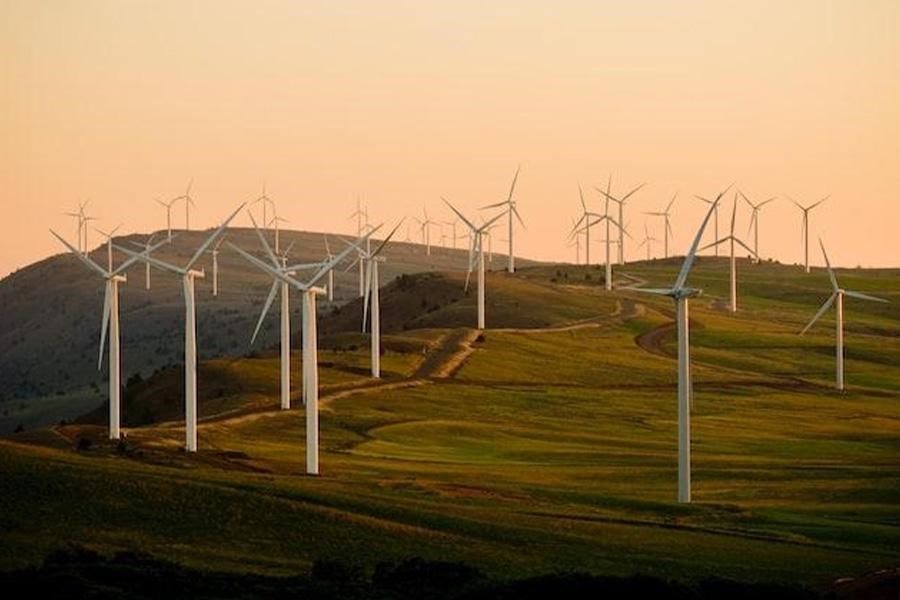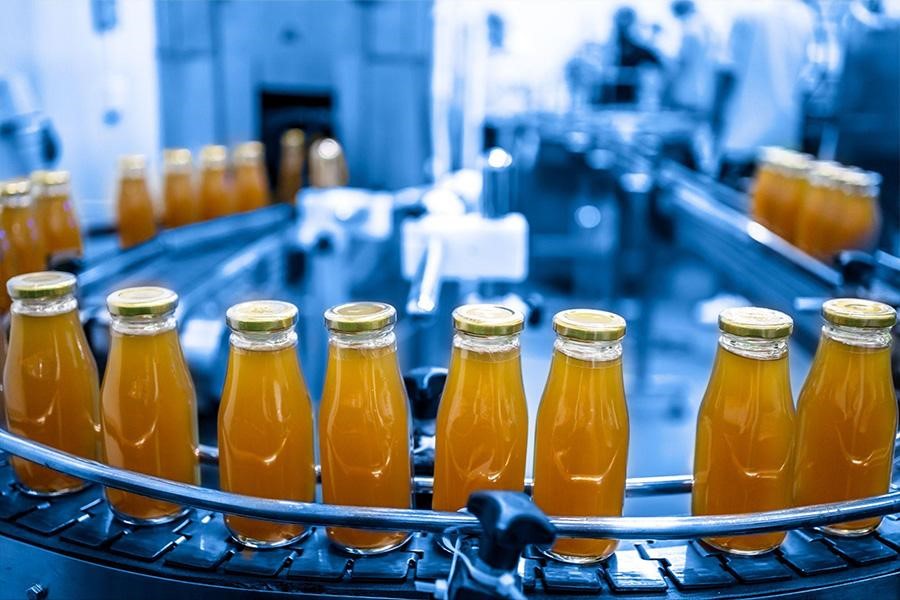Malaysia’s anticipated growth in the industrial sector is driven by many factors, including investment in industrial projects, a rising population, and an increasing demand for housing. The country is strategically positioned to transform as the globe experiences another industrial revolution.
Learn about the top trends in the industrial machinery market in Malaysia and what to expect from this sector moving forward.
Table of Contents
Overview of the Malaysian industrial machinery market
6 trends in the industrial machinery market in Malaysia
The bottom point
Overview of the Malaysian industrial machinery market
The Malaysian industrial machinery market remained strong in 2020, posting US$ 9.4 billion worth of exports—4% of the country’s total exports. Export destinations include Singapore, Indonesia, China, Thailand, Vietnam, Australia, Germany, Taiwan, Japan, and the U.S.
Malaysia is one of the world’s exporters of industrial machinery. At the same time, there is a local demand for machinery since the country is developing rapidly. The demand for industrial machinery is one of the drivers of the country’s economic growth.
In 2022, the industrial output rose by 50.1% from the previous year due to demand across all sectors. According to IHS Markit Ltd, the machinery and equipment industry is projected to grow 10.1% annually from 2018 through 2027.
6 trends in the industrial machinery market in Malaysia
Rise in demand for construction machinery
The construction equipment in demand in Malaysia is set to rise as the country seeks to develop more by investing in major infrastructure projects like railways, roads, airports, etc. The country forecasts the construction equipment market will hit US$ 1.3 billion at a compound annual growth rate (CAGR) of 4.74% by 2028.
Earthmoving machinery in the country is expected to grow at a compound annual growth rate (CAGR) rate of 5.7%. Some of the machinery include excavators, motor graders, backhoes loaders, road rollers, asphalt pavers, forklifts, and cranes.
The growth is hinged on the government’s intention to invest US$ 18.3 billion in new and improving existing infrastructure in 2022. Some of the new infrastructures include a new passenger rail network and an airport east of the country.
The emergence of 3D printing and the maker movement
3D printing is a game-changer in Malaysia, especially for research in making models out of printed renders. Printing is being used in every field imaginable to help:
Manufacturing: To have a complete picture of items like furniture, packaging materials, etc.
Health: To get a wholesome view of human body parts
Engineering: To produce a single image compared to many for a single item
Architecture: To have a complete view of a building from all angles in one image
The country has yet to completely utilize 3D technology to fill the gap left by conventional manufacturing.
Increase of automation in manufacturing
In 2021, the Malaysian manufacturing industry employed approximately 2.62 million people. The number has been increasing yearly since 2015. Since manufacturing is increasingly dependent on automation, the manufacturing sales value of Malaysia in September 2022 was US$ 22 billion, a 19.5% increase compared to the same month in 2021.
Malaysia exports a lot of machinery and equipment, as previously mentioned. The only way to ramp up more manufacturing is to embrace more automation. Automation increases the quality and quantity of products. The faster the country can manufacture its machinery and equipment for export, the more revenue it will get.
Rise of robotics & automation in food manufacturing
Malaysian robotic end-user industries like food manufacture and processing were worth US$ 80.79 million in 2019. The industry is forecast to reach US$ 273.61 million by 2027, representing a compound annual growth rate (CAGR) of 17.5% from 2020 to 2027.
Food manufacturing and processing are among the leading industries in most first-world and middle-income economies. Countries like Malaysia are working to become more food secure by investing in food manufacturing equipment such as assembly lines for quick processing.
Recently, robotics have replaced humans at specific junctures in assembly lines, like stopping, shifting, lifting, and packaging. Robots have the advantage of accuracy in doing repetitive activities for long periods compared to humans.
Technological advancements in the green sector
The government of Malaysia aims to achieve 20% renewable energy by 2025. Smart grid technology will be at the core of the transformations, focusing on storage solutions for renewable energy.

Malaysia has rapid urbanization, and almost 70% of its population lives in urban areas. With such high numbers, high rates of pollution are inevitable. In 2021, the Malaysian government unveiled the National Low Carbon Cities Masterplan, a project sponsored by the United Nations Development Programme.
For the country to achieve the vision, the government embraced green technology as a driver for green growth and identified the following items as key to achieving green technology:
– Sewage treatment
– Water purification
– Air purification
– Solid waste management
– Energy conservation.
All of the above will require machinery to build the infrastructure to facilitate the processes. The government will embrace the green technology vision, creating a demand for industrial machinery.
Rise in demand for food-making machinery
Since 70% of the Malaysian population lives in urban areas, food-making machinery is essential to cater to net-food buyers. An urbanized population will put a demand on processed food, which is produced by using automated food-making machinery.

For instance, Malaysia’s soft drinks and juice market is worth US$ 2.1 billion and is projected to grow at a rate of 5% for the next three years. Meanwhile, the food industry was expected to hit US$ 44 billion in sales in 2021.
Food machinery comes in handy to ensure food safety by assisting in quality checks and promoting clean and safe packaging. The machinery is also beneficial for Malaysian indigenous food products meant for export. Exporting the food products earns the country revenue.
Growth of the oil field industry
Malaysia is currently the world’s fifth-largest liquefied natural gas (LNG) exporter and the second-largest oil producer in Southeast Asia. In 2020, the country produced approximately 596 thousand barrels of oil daily.
These numbers can be attributed to several factors, including the discovery of new oil reserves, the development of new extraction techniques, and the increasing oil demand globally.
Growth of the metal processing machinery
The metal processing machinery industry contributes 1.0% of Malaysia’s gross domestic product (GDP). The industry is also one of the largest employers in Malaysia, providing jobs for thousands of workers.
Metal processing machinery is used to process raw materials into finished products. There is a variety of metal processing machinery available in Malaysia, ranging from simple hand-operated machines to complex computer-controlled machines.
Metal processing machinery can be used for a wide range of applications, including cutting, forming, welding, and fabricating. These machines are essential for manufacturing various products, including car parts, medical devices, and electronic products.
The bottom point
The machinery market trend is set to continue growing as Malaysia develops. With the ambitious vision of smart green technology, manufacturing, and infrastructure development, the country will continue to put more demand on industrial machinery.
To find more on machinery equipment, visit Chovm.com.





 Afrikaans
Afrikaans አማርኛ
አማርኛ العربية
العربية বাংলা
বাংলা Nederlands
Nederlands English
English Français
Français Deutsch
Deutsch हिन्दी
हिन्दी Bahasa Indonesia
Bahasa Indonesia Italiano
Italiano 日本語
日本語 한국어
한국어 Bahasa Melayu
Bahasa Melayu മലയാളം
മലയാളം پښتو
پښتو فارسی
فارسی Polski
Polski Português
Português Русский
Русский Español
Español Kiswahili
Kiswahili ไทย
ไทย Türkçe
Türkçe اردو
اردو Tiếng Việt
Tiếng Việt isiXhosa
isiXhosa Zulu
Zulu